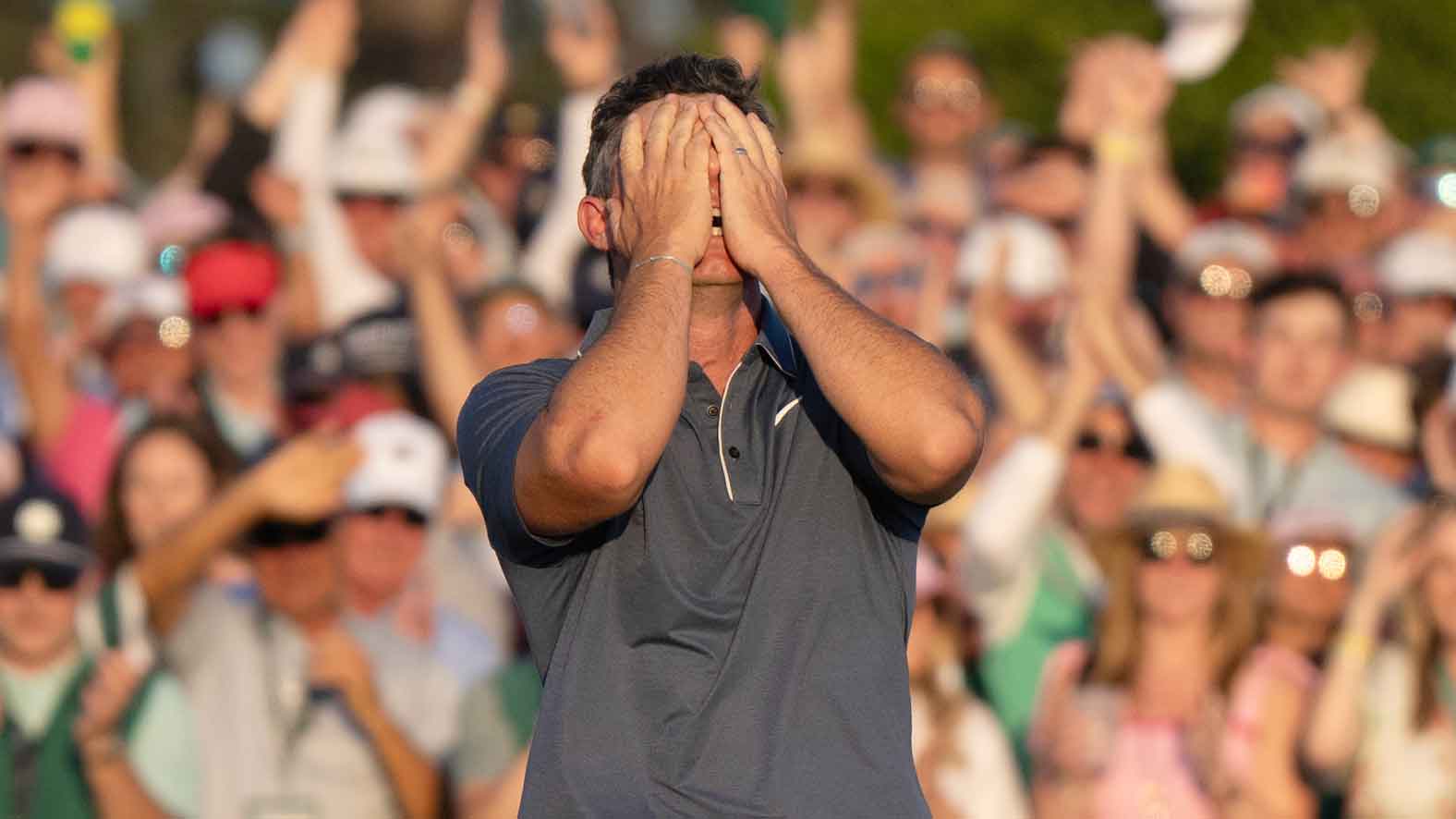There’s no tradition quite like the Masters. From the Founders Circle, to Ike’s Pond, to Amen Corner — and everything in between — Augusta National truly is a cathedral among sports venues.
There’s also no pressure quite like the Masters. And for those fortunate enough to compete at Augusta, the short drive up Magnolia Lane often feels like a lifetime, where tension, nerves and excitement all blend together.
In the 86-year history of the tournament, only 55 men can stake claim to being a Masters champion. Some have used the victory at Augusta as a way to propel their career. Others may be considered one-hit wonders. Regardless of how their golf career ended, they’ll always be introduced with one eloquent distinction prior to hearing their first and last name: “Masters champion.”
3 former Masters champs’ best advice to Augusta National rookiesBy: Nick Dimengo
To win the Masters takes grit. It takes focus. It takes resolve. It requires a player to withhold his emotions in check through the good and bad stretches, sticking to his fundamentals in order to become victorious.
It also takes mastering the golf course, understanding where to land a ball, where to miss and how to read those tricky greens.
But which shots at the Masters are the ones players need to focus on the most? What holes can make or break a round and, potentially, a career?
We asked GOLF Top 100 Teachers Randy Smith, Allen Terrell and Brian Mogg to lean into their own experiences coaching players who either won or have competed at the Masters. These are the hardest shots they say pros will face at the Masters.
No. 1, par 4, 445 yards – (Tea Olive)
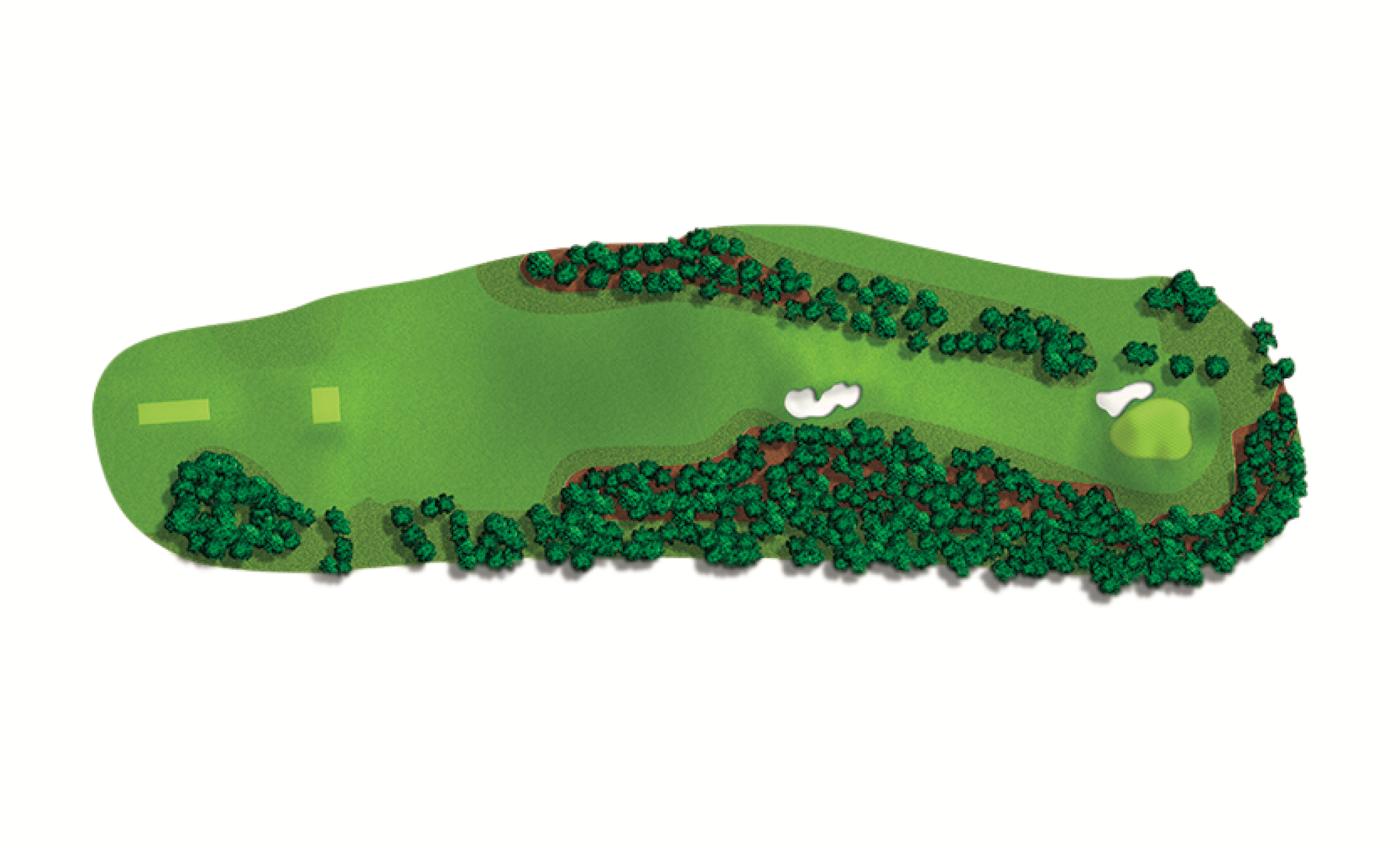
Comments: “An underrated hole when it comes to difficulty, No. 1 forces players to put it in the fairway. Depending on the pin placement and wind conditions, this can make or break a scorecard early — as guys don’t want to fly the green, which can ruin a round.”
No. 5, par 4, 495 yards – (Magnolia)

Comments: “The green complex makes this a tough hole and really emphasizes having a great tee shot. It’s a hole where fairway hits are premium, or you’re really working hard just to save par. The left fairway bunker is a true hazard.”
No. 7, par 4, 450 yards – (Pampas)
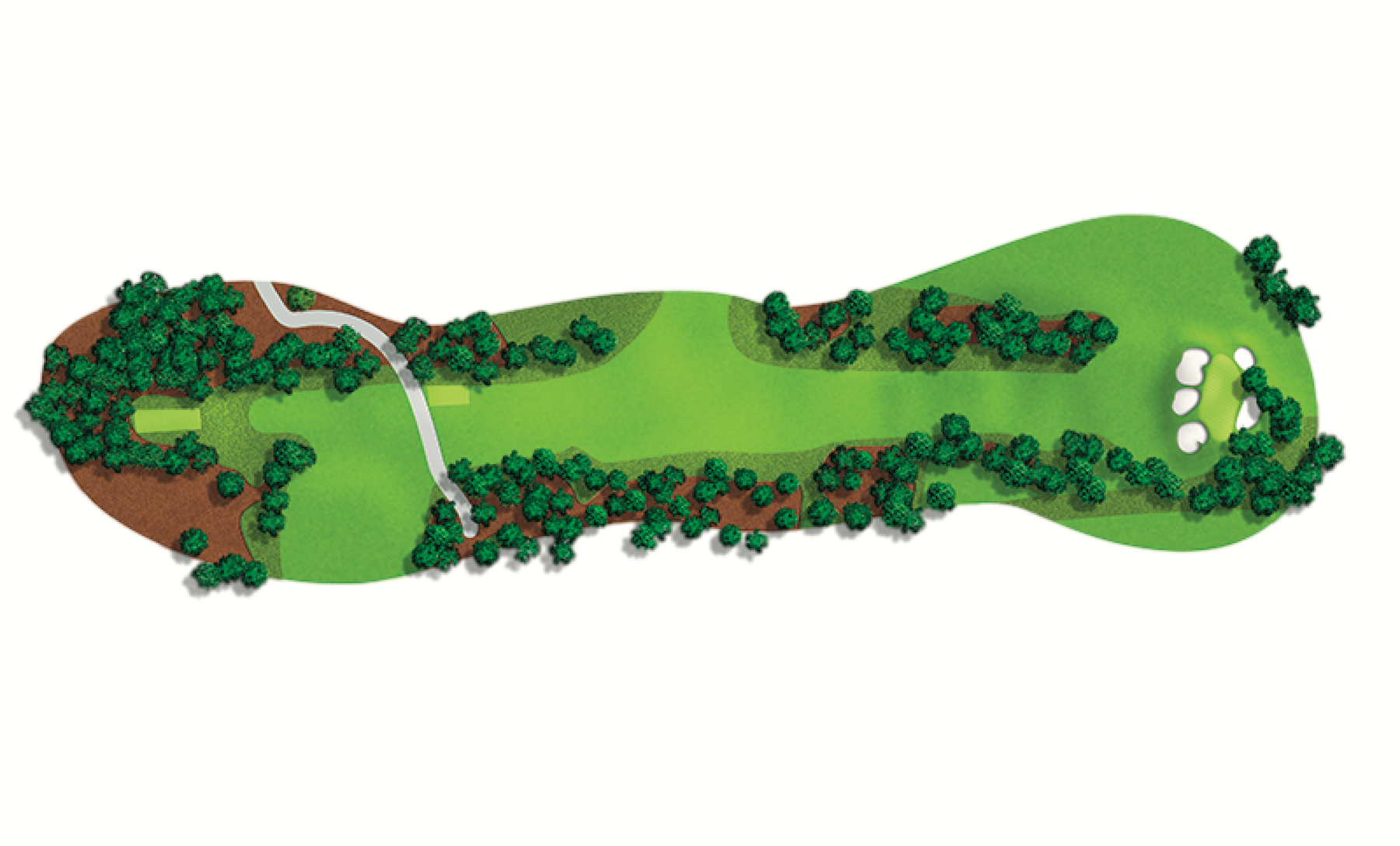
Comments: “On No. 7, a player’s second shot can be tough. You don’t want to shoot a low shot when the green isn’t meant for that kind of shot — because it can fire off the green, leaving you with a very tough third shot coming back.”
No. 11, par 4, 520 yards – (White Dogwood)

Comments: “The approach on No. 11 is difficult. You hardly have a level lie for your approach, and you usually have to use a longer club into a hole where the landing area is small (with water short and long).” … “You’re 520 yards back off the tee, and you have a sloped green — typically hitting a longer iron into it. Any trouble off the tee leaves you in trouble … so it’s just a hard hole, where you’re left inbetween clubs on the approach.” … “The putting surface is sloped heavy from right to left, as most golfers miss and bail out to the right, this leaves a fast chip just to get the ball on the green … this hole traditionally plays as the highest stroke average for the week. If you can find the fairway off the tee, hitting a long- to mid-iron onto the green might be the toughest approach shot of the week.”
No. 12, par 3, 155 yards – (Golden Bell)
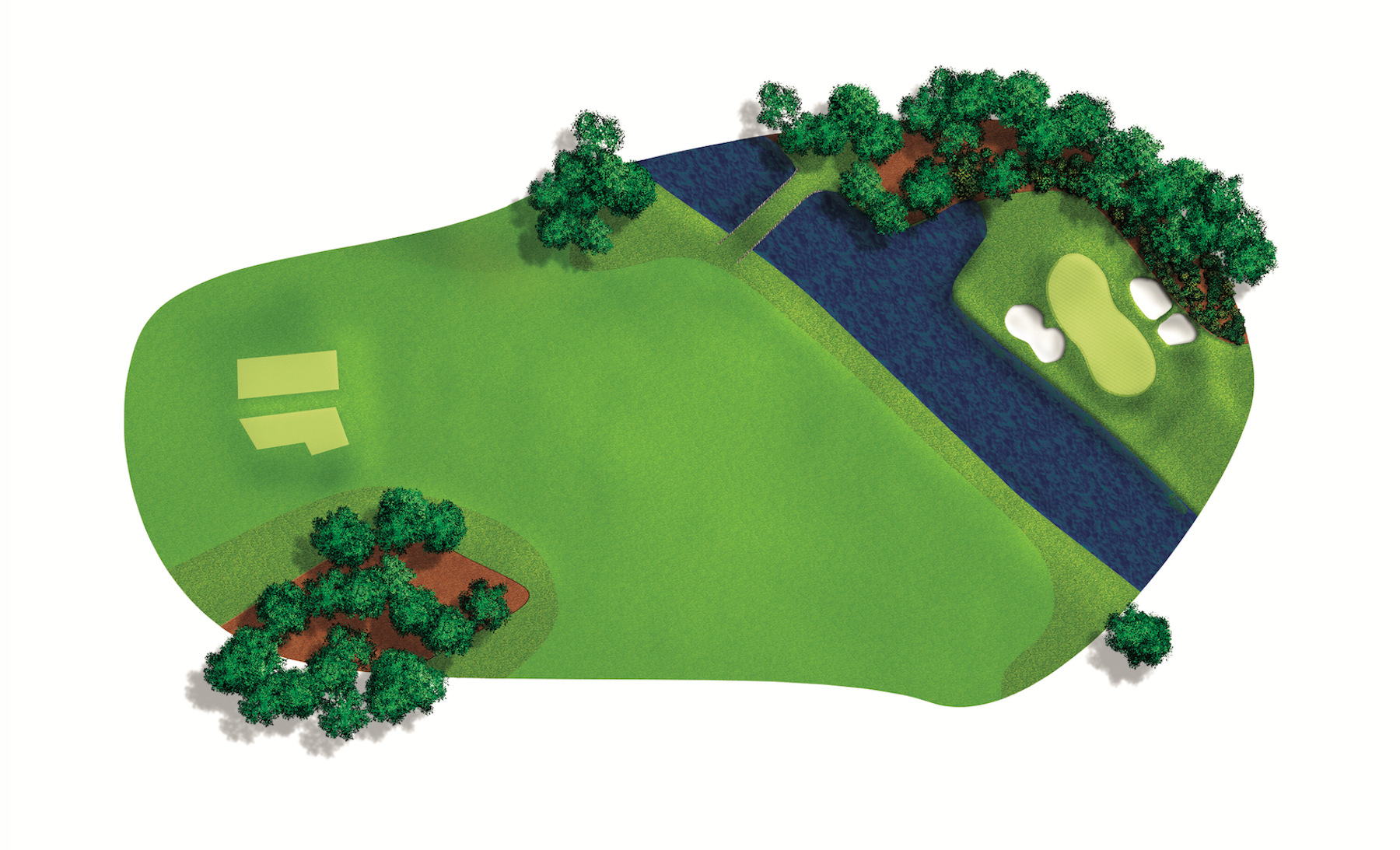
Comments: “The history can mess with a player’s head. A lot of guys remember great players either winning or losing a green jacket on this hole from TV clips, so, in addition to the pressure of hitting a good shot, you have to battle those mental demons a lot of times as well.” … “It’s such a shallow green, and, a lot of times, the wind causes some uncertainty, so it’s easy for players to make an uncommitted swing.”
No. 13, par 5, 545 yards – (Azalea)
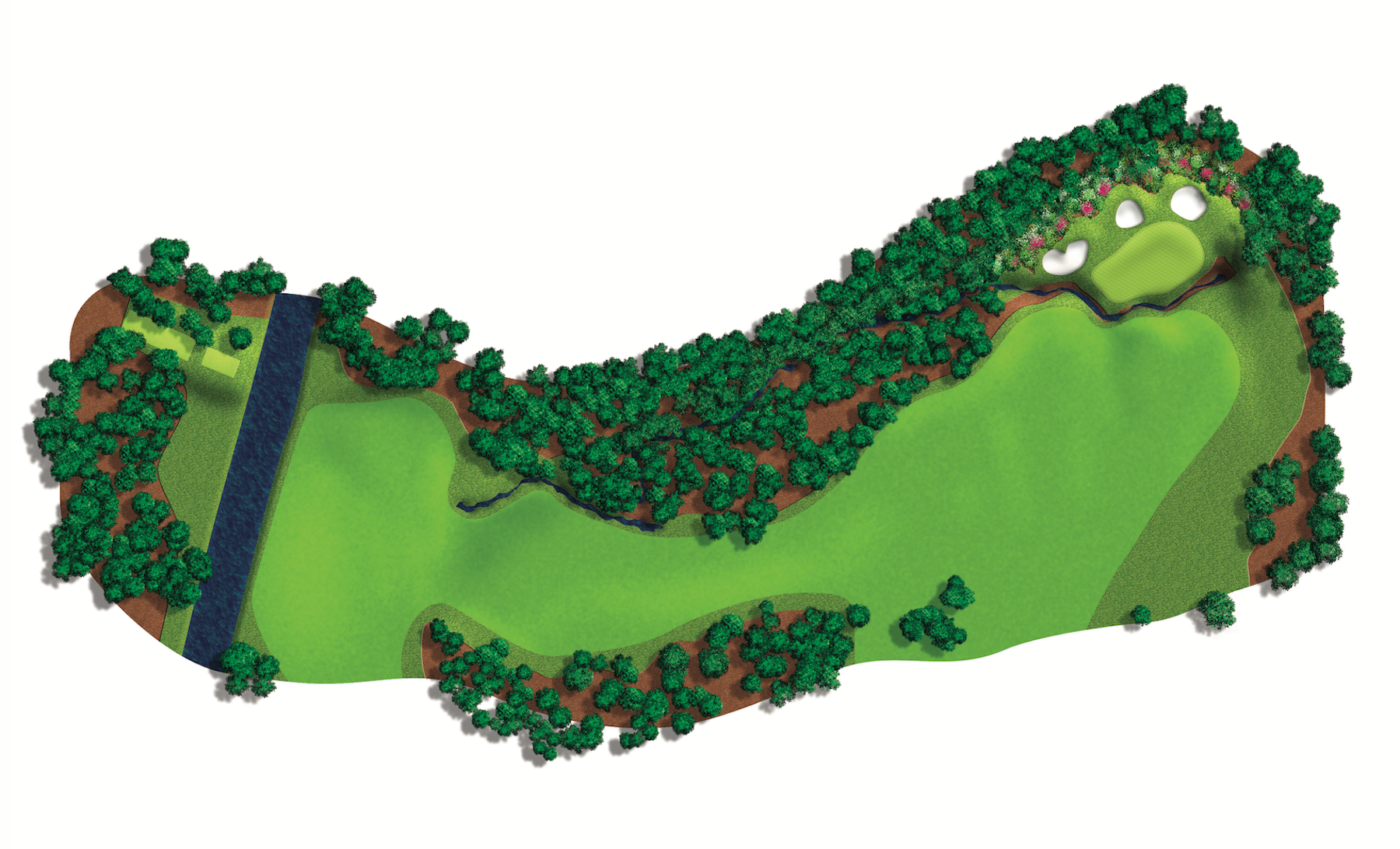
Comments: “There’s lots of room to hit driver here, but you definitely don’t want to get it down on the left side — since there are trees and a creek over there. Prior to the added length [an increase of 35 yards], a 3-wood could sling it down the fairway off the tee if the wind condition was right. You won’t be able to do that anymore. Plus, the green on 13 is very difficult with lots of texture, so over-spinning the ball can lead to trouble.”
No. 16, par 3, 170 yards – (Redbud)
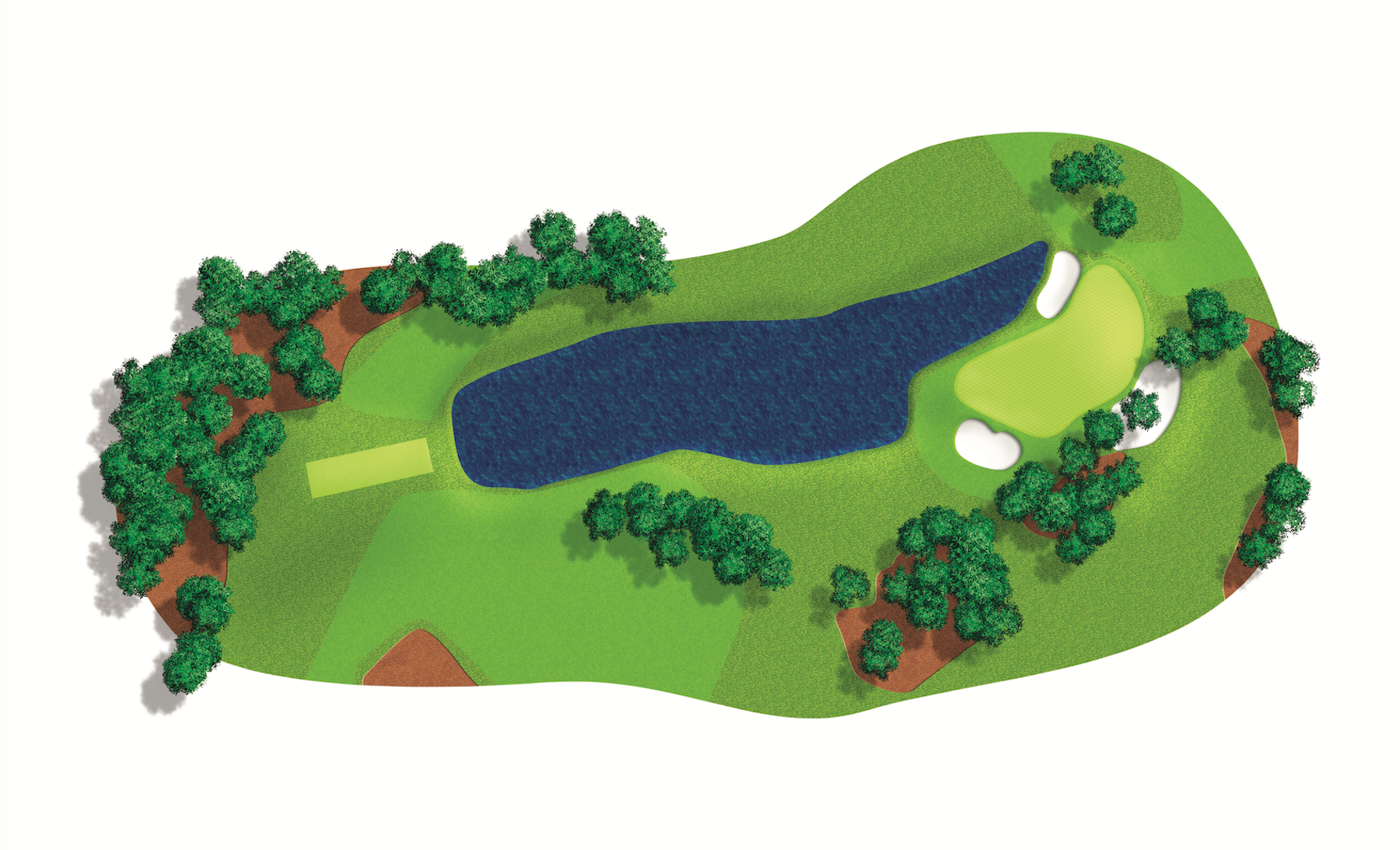
Comments: “When the pin is in the back-right corner, it is a very difficult shot with lots of slope and little room to land. If you’re too aggressive, you can roll off the green — which can leave a putt for par of 60 feet if it comes back short.”
No. 18, par 4, 465 yards – (Holly)
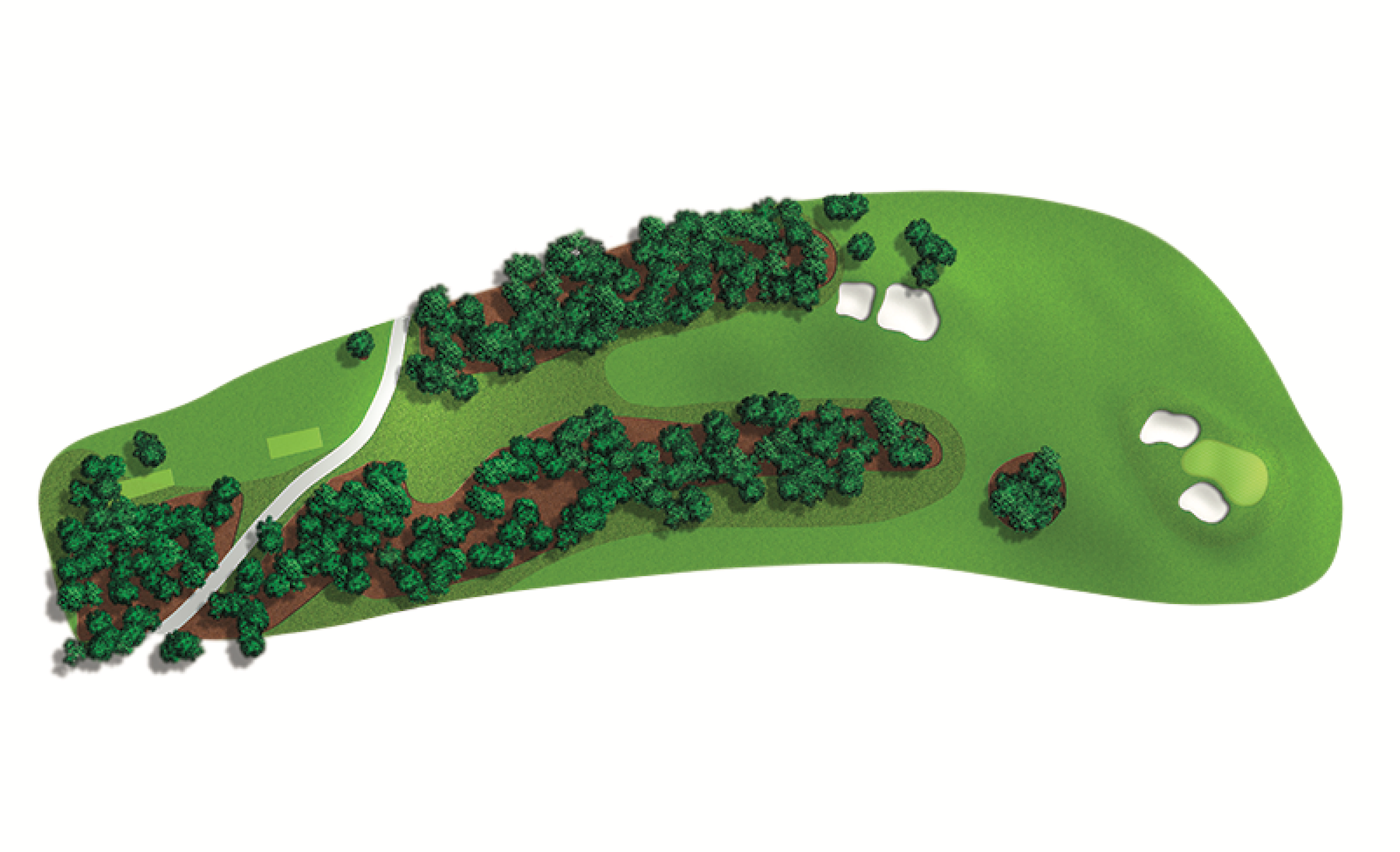
Comments: “The ability to hit fairway off the tee is key, but you want to avoid coming back up the huge hill on the left, which is a very difficult play into the green. If you’re right, though, you’ll be forced to hit a flatted shot. The size of the green can be a player’s saving grace, though, with pitch shots having lots of good landing spots.” … “The setup of the hole makes this extremely tough, requiring precision from the tee. The start line window is so tight off the tee, so it’s easy for [right-handed players] who fade the ball to pull it into the bunker, or draw guys to block into the right trees.” … “The tee shot and dogleg right looks normal as you work to hit a soft left-to-right tee shot up the hill. What doesn’t come across on TV is how incredibly tight and narrow the opening is between the trees on the left and right. If you catch or clip a tree, your ball usually drops down well inside the trees. If this happens, just making a bogey is a pretty good score.”








